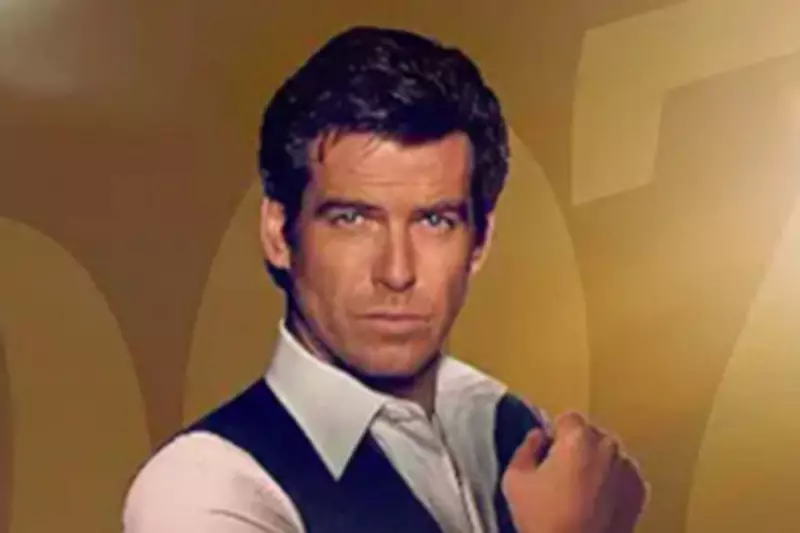
In a move that has shaken the foundations of cinematic tradition, Amazon Prime Video has discreetly altered one of the most recognisable images in film history: James Bond's iconic gun-barrel sequence.
The streaming giant has removed the firearm from Bond's classic silhouette across its platform artwork, replacing the Walther PPK with a less confrontational stance that has left 007 enthusiasts divided.
The Changing Face of 007
For six decades, the gun-barrel sequence has served as the dramatic opening to every official James Bond film, featuring the British spy walking across screen before turning to shoot directly at the audience. This signature moment has become synonymous with the franchise's identity.
However, Amazon's decision to modify this imagery for their streaming service artwork reflects a broader trend in content presentation, particularly following the company's acquisition of MGM.
Industry Reactions and Fan Response
The alteration has sparked intense debate within the film community. Traditionalists argue that tampering with such an integral part of Bond's visual identity undermines the character's essence.
"This isn't just any movie imagery - it's cultural heritage," remarked one film historian. "The gun-barrel sequence is as fundamental to Bond as his introduction: 'Bond, James Bond.'"
Others see the change as a sensible adaptation to contemporary sensibilities regarding firearm imagery in entertainment.
Broader Implications for Streaming
This incident highlights the growing power streaming platforms wield over content presentation and modification. Unlike theatrical releases where filmmakers maintain artistic control, streaming services can alter artwork and even content without consultation.
The James Bond franchise, now under the stewardship of Amazon, faces new questions about how classic content should be presented to modern audiences while respecting its original artistic vision.
As the debate continues, one thing remains clear: in the digital age, even the most established cinematic traditions are subject to reinterpretation by their new corporate custodians.





